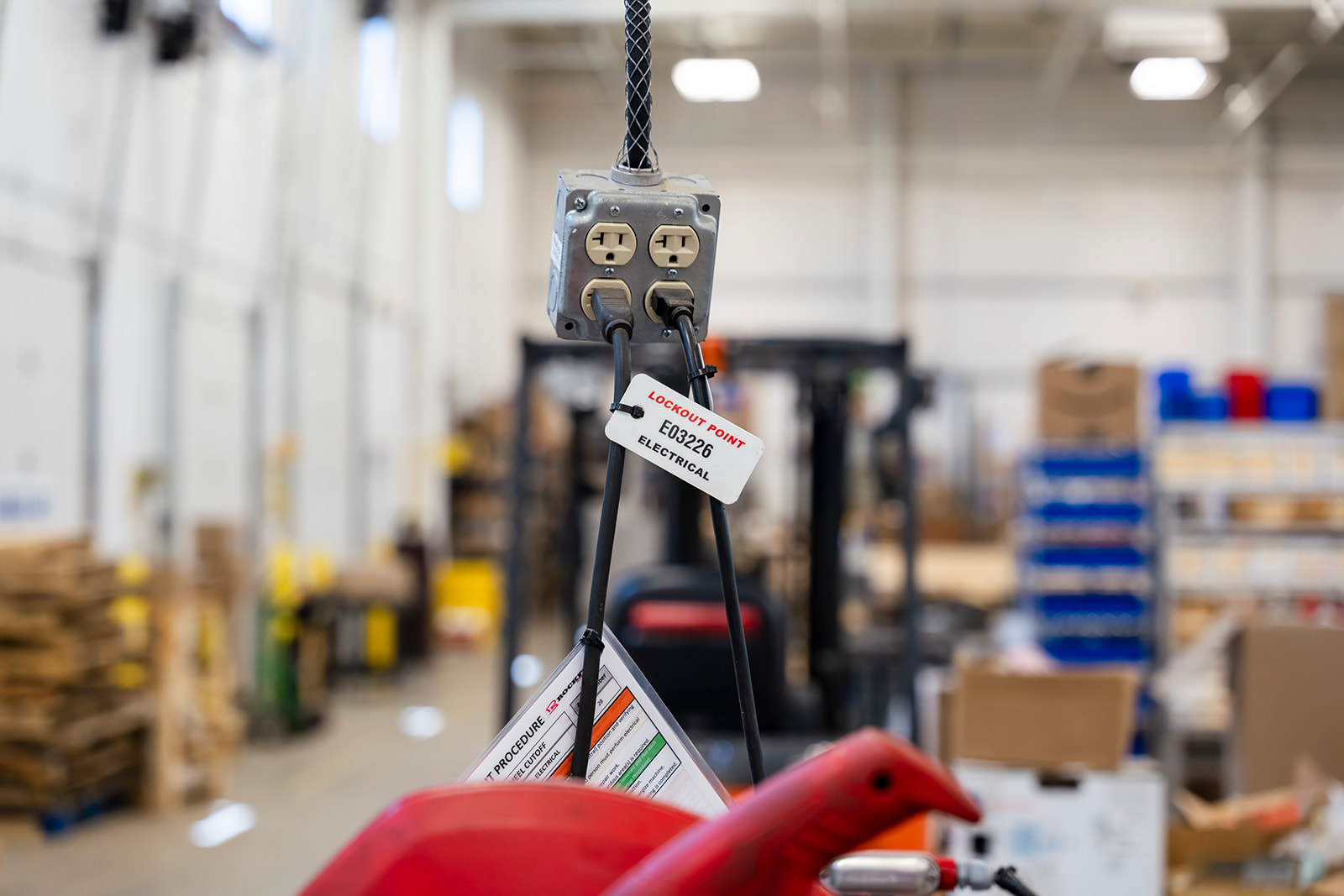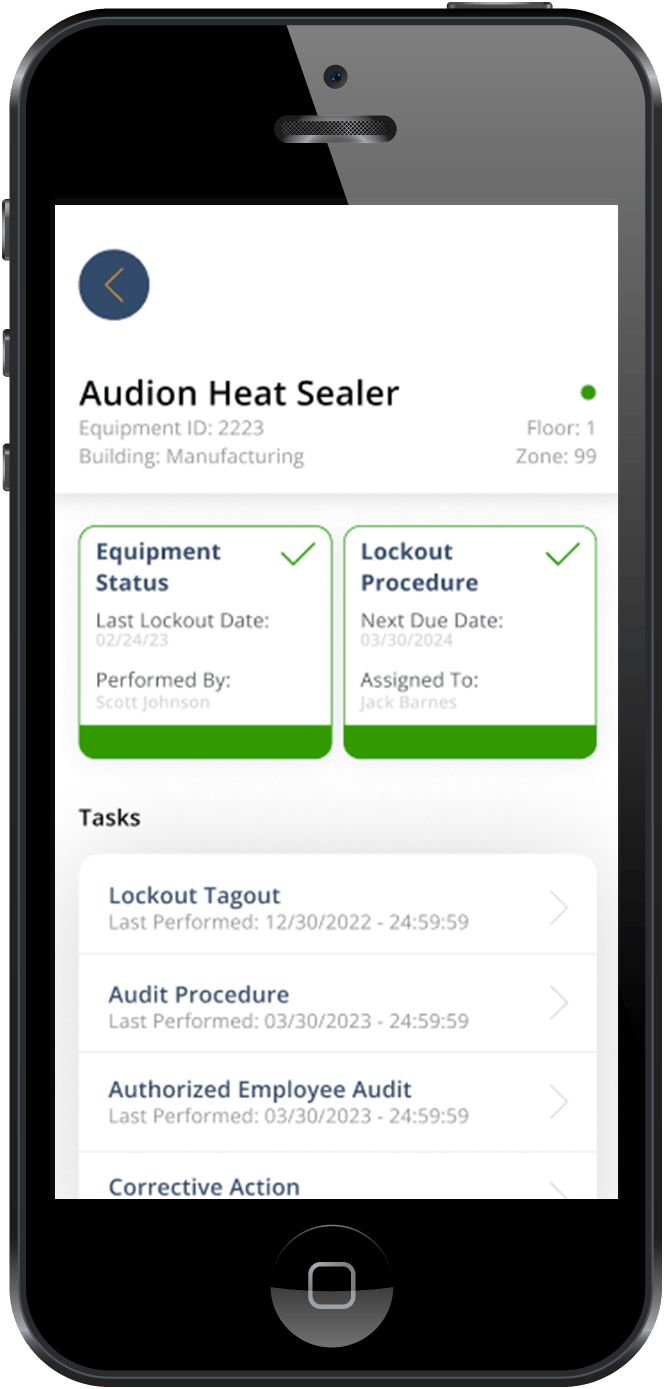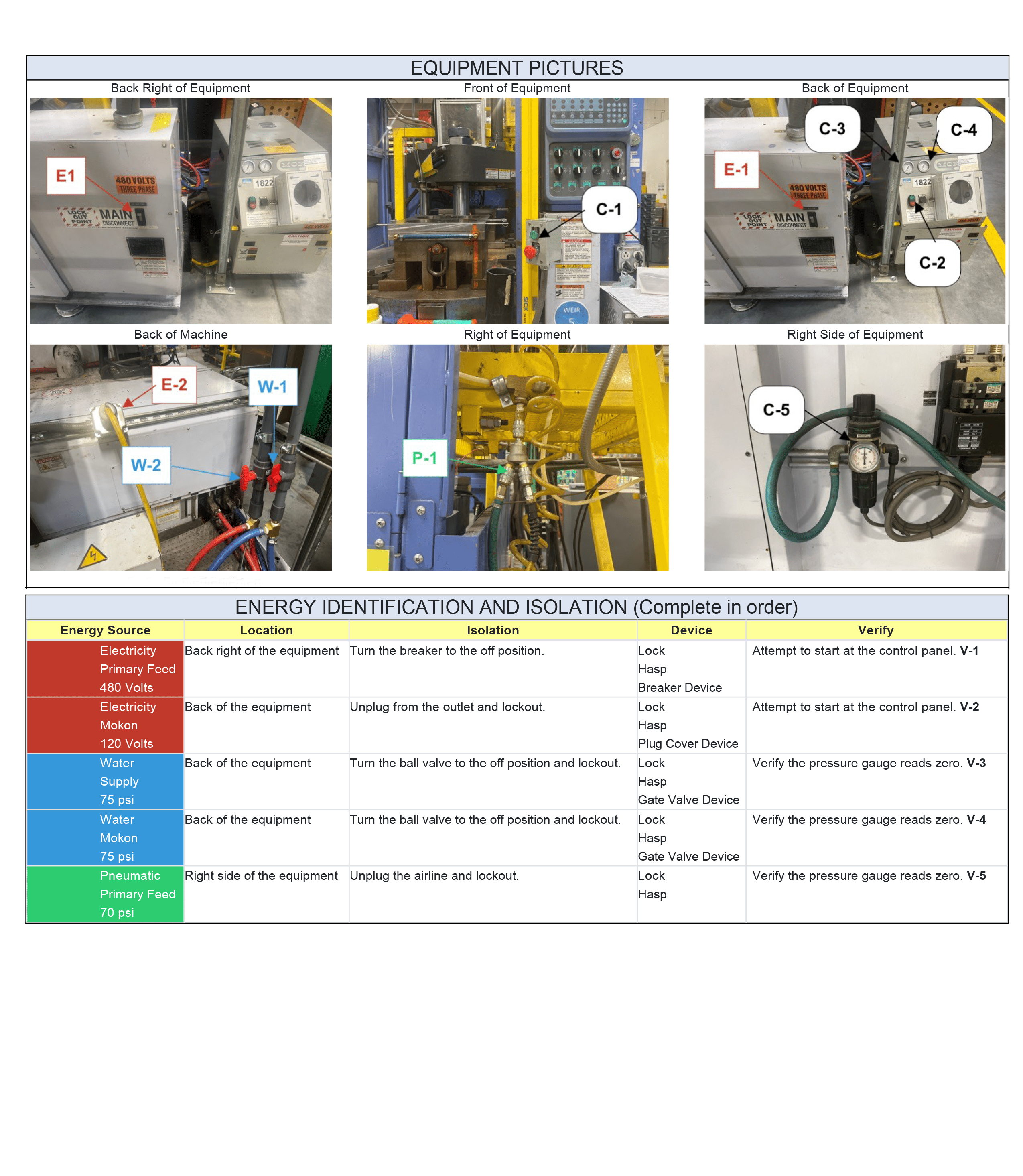Paper-based lockout tagout (LOTO) systems feel inexpensive—but they quietly cost manufacturers thousands every year.
For many small and mid-sized manufacturers, paper-based lockout tagout procedures feel “good enough.” After all, paper forms, binders, and laminated procedures are cheap, familiar, and easy to deploy.
But sticking with paper LOTO isn’t cost-free—in fact, it often becomes one of the most expensive and risky parts of a safety program. What looks simple on the surface hides administrative waste, production downtime, and compliance gaps that quietly drain resources.
Below, we break down the true, often overlooked costs of paper-based LOTO—and how modern digital alternatives eliminate them.

1. The Administrative Burden Few Companies Measure
Paper LOTO procedures require constant manual effort:
-
Updating printed procedures
-
Replacing damaged or outdated sheets
-
Tracking employee signatures and training records
-
Searching through binders to verify compliance
-
Manually managing equipment lists and procedure revisions
These tasks add up fast. Many safety managers spend 5–10 hours per week simply maintaining LOTO documentation.
The Hidden Cost: Labor Drain
2. Outdated Procedures = Increased Safety and Compliance Risk
Equipment changes constantly—new components, labels, control locations, and energy sources.
But paper procedures don’t update themselves.
If a procedure is even slightly outdated, employees are at higher risk—and OSHA has been increasingly aggressive in citing LOTO documentation issues.
Hidden Cost: Higher Fine Exposure
3. Production Delays Caused by Missing or Inaccurate Paperwork
Lost binders. Dirty or damaged sheets. Procedures that don’t match the machine configuration.
When employees can’t find what they need, lockout takes longer—and downtime becomes expensive.
Hidden Cost: Unplanned Downtime
4. Lack of Traceability and Audit-Ready Records
Paper systems make it difficult to answer essential compliance questions:
-
Are procedures reviewed annually?
-
Who last updated each document?
-
Are employees using the current version?
-
Which machines have missing or overdue procedures?
Without automated version control and digital audit trails, organizations struggle to prove compliance—even when they believe they are compliant.
Hidden Cost: Audit Panic & Potential Penalties
5. The Physical Costs Add Up Too
Paper LOTO also incurs surprisingly high physical costs:
-
Printing & laminating
-
Binder replacements
-
Procedure sheets damaged on the floor
-
Storage space
-
Labeling and relabeling equipment manually
These costs are recurring—and unnecessary.
Hidden Cost: Ongoing Supplies & Reprints
6. Paper-Based Systems Can’t Scale
As manufacturers grow, add equipment, or bring in new employees, paper-based lockout tagout systems break down. They become:
-
Harder to organize
-
Harder to update
-
Harder to certify
-
Harder to track
Digital systems scale instantly. Paper systems get messier.
Conclusion: Paper-Based LOTO Isn’t Cheap—It’s Costing You More Than You Think
From regulatory risk to downtime to administrative waste, the costs of paper-based lockout tagout are far higher than most manufacturers realize. The companies that switch to a digital platform typically see improvements in:
-
Compliance confidence
-
Audit readiness
-
Maintenance efficiency
-
Employee accountability
-
Documentation accuracy
-
Total operational cost
Digital lockout tagout software isn’t just a convenience—it’s now a competitive advantage.
Ready to eliminate the hidden costs of paper-based Lockout Tagout?
Smart Safety Pro helps small and mid-sized manufacturers create, manage, and modernize lockout tagout procedures with ease.
Drop us a line to learn how our digital LOTO tools streamline compliance eliminate reliance on paper-based lockout tagout.
Other Helpful Articles







